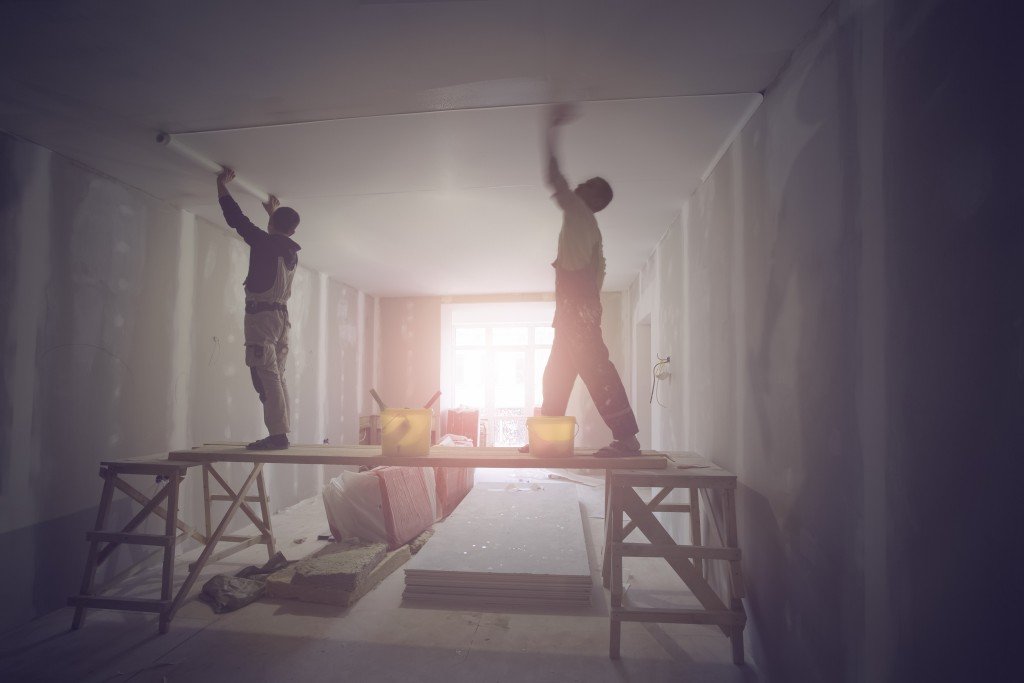Drywalls are some of the most ubiquitous building materials in the United States because of their affordability and durability. However, like all materials, they can be damaged in the right circumstances. Drywall installation can cost up to thousands of dollars for high-end jobs and hundreds of dollars on average.
It’s important that you, as a homeowner, are aware of what kinds of activities and factors can affect your drywall negatively and lead to expensive damages. Learning about the theme can help you avoid these factors and prolong the life of your drywall and preserve the integrity of your home.
Homeowner Mistakes
Even experienced homeowners can occasionally make mistakes regarding their drywall. This makes renters and other people who aren’t well-versed in keeping a home well-maintained even worse. The mistakes people make regarding their drywall can range from minor and easily repaired by the right dry lining sanding tools and other material. Or they can be major and expensive to fix.
People may want to hang the occasional painting or poster on their drywall. Attaching them directly to the wall on hooks is not advisable as drywall will not be able to handle the weight. However, even attaching hook supports on drywall can lead to more damage. Removing these hook supports are all but impossible without making the drywall less stable.
Another common problem homeowners may inevitably cause is hanging their wallpaper on the drywall itself. If you do this, peeling the wallpaper will result in removing chunks or even entire swathes of the drywall with it. The only solution will be painting over the wallpaper instead.
Poor Installation
Sometimes even contractors and builders will make mistakes. Unless you’re very observant or knowledgeable on home construction, you may not even notice that they’ve installed the drywall improperly. How can you tell when a contractor has done a bad job installing it?
- Sagging or bulging drywall indicates that the contractor didn’t get sheets strong or thick enough to resist gravity. They could also have used screws instead of nails when attaching the drywall.
- Sloppy jobs also include leaving the nail and screw holes entirely visible. Although it’s only a cosmetic issue, it could indicate that the drywall is subsiding and failing.
- Drywall sheets should fit smoothly on corners to prevent drafts and pests entering your home. If your contractor didn’t measure the sheets correctly, you could end up with uneven corners and gaps.
- Drywall dust is irritating to the skin and shouldn’t be inhaled. A sloppy contractor can leave a lot of this drywall dust without even attempting to vacuum it. At the very least, your contractor should make an effort to remove this irritant from your home.
Natural Damages

Finally, nature itself can ruin your drywall. The most prevalent causes of drywall deterioration are water and termites. Water damage indoors can spring from leaking ceilings and improperly installed piping. However, it could also be because you or your contractor made the mistake of using drywall in humid areas like the bathroom or laundry room.
Termites enjoy chewing and making nests out of drywall. The only way to ensure your home is free from these minuscule marauders is to conduct regular inspections and hire pest control experts when and if you spot the telltale runnels and tunnels these voracious pests leave.
Your home’s drywall is integral in preventing the elements from affecting you and your family. Understanding what could go wrong with it, how you could repair it, and what could damage it is the first step in prolonging its existence.

